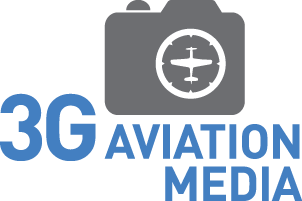Air to Air - Trust your instruments!
During the shoot with the 700th Airlift Squadron over downtown Atlanta, an opportunity to capture one of the primary images from our shot list came up quickly and it fell to me as the flight coordinator and secondary shooter to make it happen. We had wanted to set up an image of the C-130 Loadmaster looking down from the ramp of our aircraft onto the Atlanta skyline, but as the weather closed in and our time over downtown started to run short, I realized that we wouldn't be able to get Tony in position to capture the image himself.
How did I do this? Well, I fell back on my training. I'm sure you are expecting me to discuss exposing for the ambients, setting a manual exposure while using flash exposure compensation and balancing the shutter speed to capture some prop blur.
But that isn't how I captured the image.
Just like I had been taught years ago in flight school, I put faith and trust in the best instruments I had to keep me on course. Instead of a gyro, heading compass and TACAN needle, I trusted the TTL metering and exposure compensation inherent in my Nikon flash and camera combo to ensure mission success in a dynamic situation. Now with that being said, I didn't just put my camera in "P" mode and start banging away. I knew the shutter speed I wanted in order to maximize the prop blur while minimizing camera shake, and I knew that the max sync speed of the D7100 (non Auto-FP) was 1/250th. This maximum would give me acceptable prop blur while compensating for getting bounced around the back of the aircraft. Additionally, I chose center-weighted metering as a compromise and to allow the camera and flash to compensate via TTL.
What may surprise some is that I shot in Aperture-priority mode.
Why Aperture-priority? Well, because I knew the fastest shutter speed that my camera would give with the flash on was at the edge of my desired range, and because the aperture controls both depth of field and the amount of light returning to the camera's sensor from the flash. From there it was all exposure compensation on the camera and the flash to bring the view "out-the-window" into the correct exposure with the view inside the aircraft.
So why did I break my own habit patterns, and not at least attempt to get close to the ambient exposure before adding the flash strobe into the image? To be perfectly honest, I was short of time, the light was constantly changing due to the clouds, and there was no way Tony and I were going to give up on capturing this shot without a fight!
